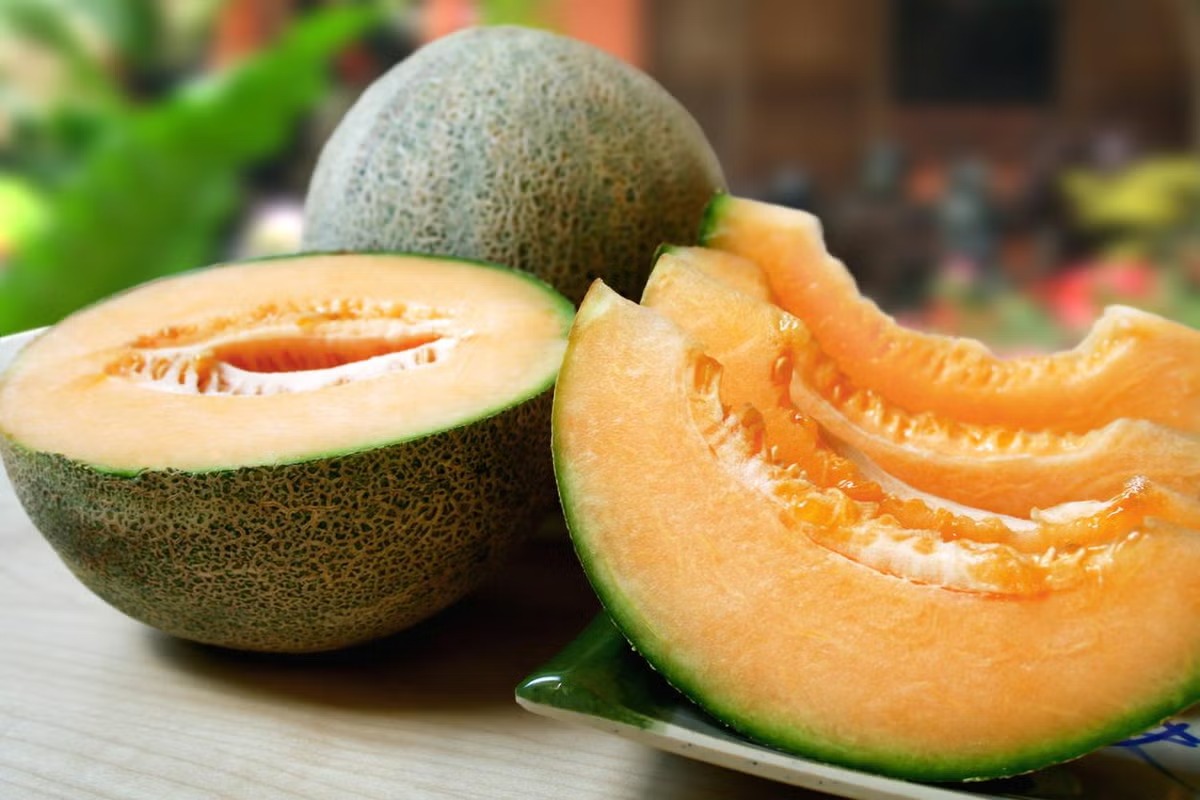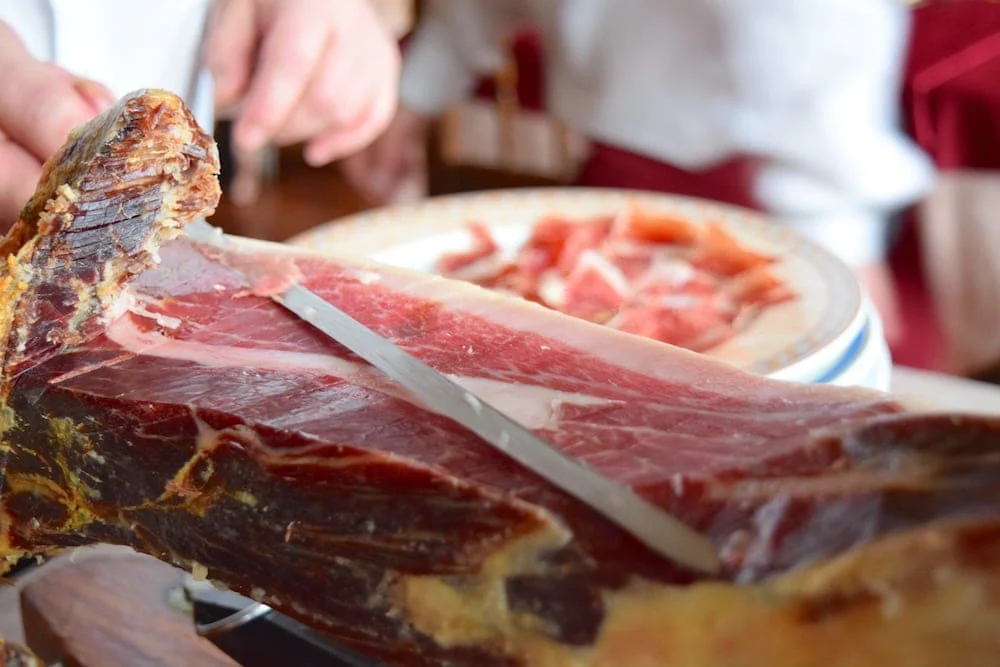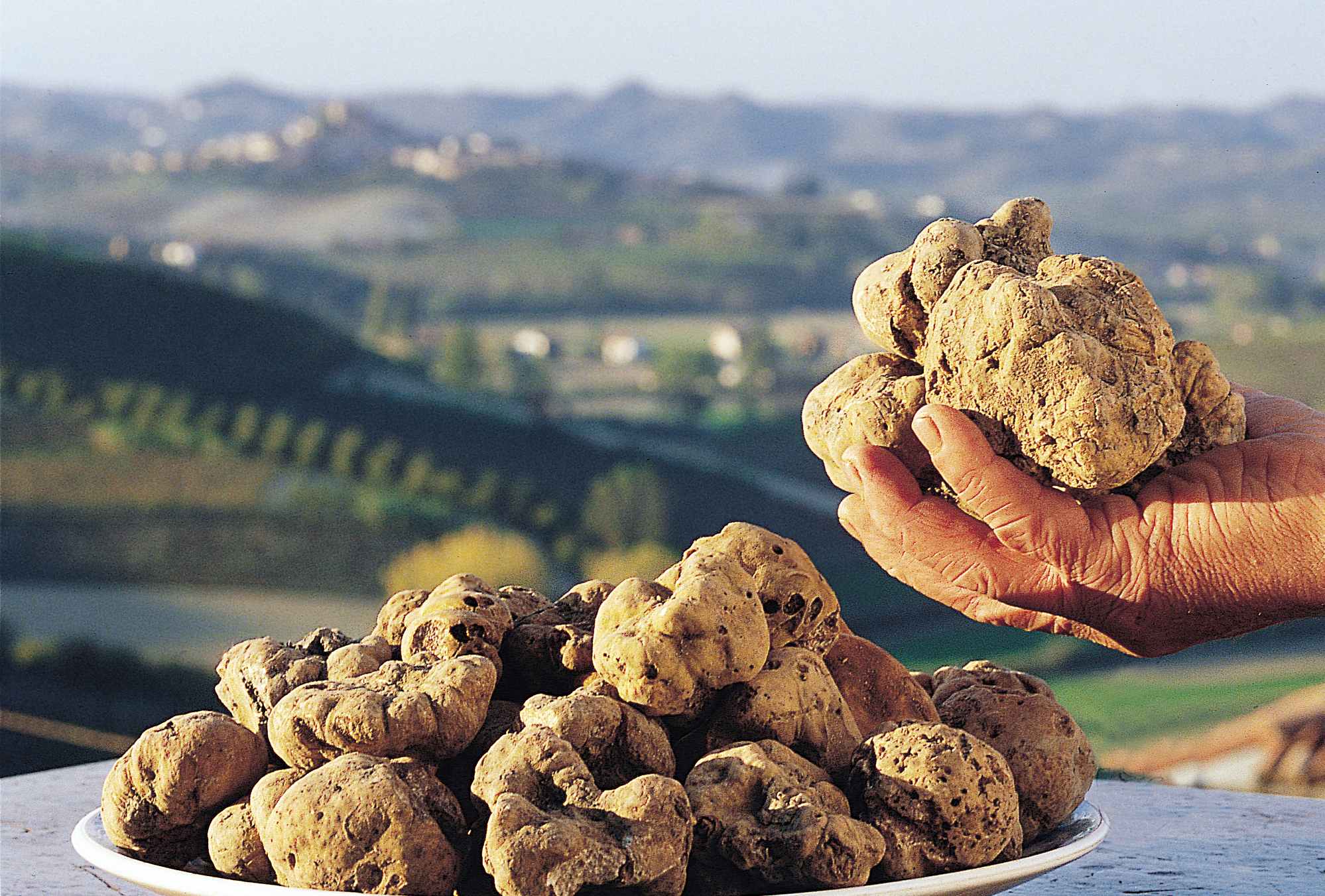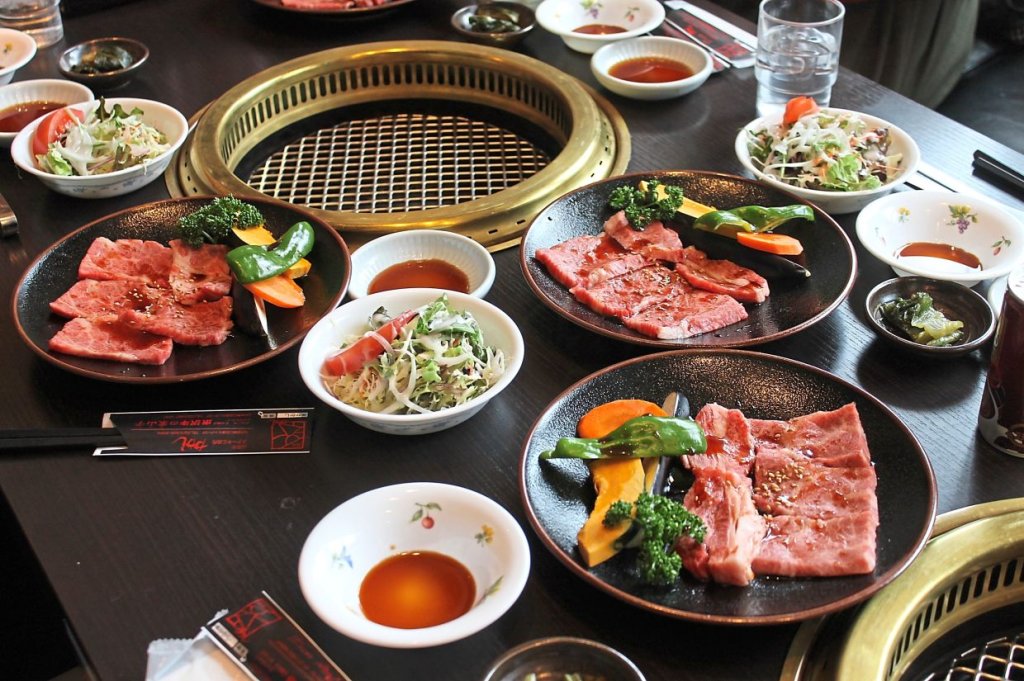Have you ever thought about what we call food that’s extra special and fancy? Well, it’s known as luxury food. Luxury foods are the kind of foods that make your mood happy. These foods aren’t your everyday snacks or regular meals; they’re the extraordinary treats typically saved for special occasions.
But what makes a food item a luxury food? Is it the taste or something else? Luxury foods can be all of these things and more. They often come from far-off places, need special care and attention to be made, and have unique flavors. People go after them to experience something amazing and admire the joy of pure cooking. We’ll check some well-known examples and why they’re so fascinating.
So, let’s find out what makes this luxury food so special.
What is Luxury Food?

Luxury food, or fancy or gourmet delicacies, takes us beyond regular meals into a cooking resource. These special types of food are famous for being incredibly good, having unique flavors, and sometimes, being quite expensive. Let’s take a closer look at luxury food by exploring three famous examples of these delicious treats.
Different Types of Luxury Food
1. Densuke Watermelons

Densuke watermelons are a special and hard-to-find fruit from Hokkaido, Japan. They’re famous for their stunning look, being entirely black on the outside with bright red insides. Growing Densuke watermelons takes a lot of attention and care, and few are made. Each watermelon is a VIP. They taste sweet, and when you bite into one, they’re crisp and juicy. People worldwide want to try them because they’re such a fancy treat.
2. Spanish Iberian Ham

Spanish Iberian ham, also known as Jamon Iberico, is a top-quality cured ham from a special type of pig raised mainly in Spain and Portugal. What makes it stand out is that these pigs eat a lot of acorns, which gives the ham a unique flavor and a nice pattern of fat. The ham is left to age for a long time, sometimes even years, making it taste rich, nutty, and incredibly tender. The best kinds, such as Jamon Iberico de Bellota, come from pigs that have eaten acorns in the last part of their lives, making the ham taste unbelievably good.
3. Wagyu Beef

Wagyu beef is famous for its unique marbling and graceful tenderness. Originating in Japan, this beef is produced from select cattle breeds, such as Japanese Black, Japanese Brown, and Japanese Shorthorn. The strict rearing techniques, which often include massages and a special diet, contribute to the beef’s rare quality. Wagyu beef’s marbled fat dissolves during cooking, resulting in a buttery texture and a rich, savory flavor profile. It’s an important element in expensive restaurants and is celebrated for its delicious texture.
4. Pule Donkey Cheese

Pule cheese is one of the rarest and most expensive cheeses globally, originating from Serbia. What sets it apart is its source of milk is donkeys. Pule cheese is made exclusively from the milk of Balkan donkeys, which produce a limited amount of milk daily. Crafting this cheese is a hard process, and it takes several liters of milk to create just one kilogram of cheese. Pule cheese gives a crumbly texture and a mild, slightly nutty flavor, making it delicious and appreciated by cheese experts.
5. Italian White Alba Truffle

The White Alba Truffle, also known as the diamond of the kitchen, is a highly prized cooking treasure found in the forests of Italy’s Piedmont region. Specially trained dogs or pigs help harvest these truffles because their earthy smell is too fascinating for these animals to resist. White Alba Truffles might not look fancy, but they have a powerful and complex aroma with hints of garlic, cheese, and earthiness. When you shave them thinly over dishes like pasta or risotto, they add an incredible deepness of flavor and aroma, making them a beloved ingredient in fancy cooking.
6. Yubari King Melons

Yubari King Melons are super fancy Japanese fruits loved for their extreme sweetness and delightful smell. They’re only grown in a special place called Yubari on Japan’s Hokkaido island. These melons get lots of attention from farmers who ensure they get just the right amount of sunlight and fresh air in special buildings. Yubari King Melons look unique with their perfect round shape and bright orange color. When you taste them, it’s a mix of super sweet and a little bit cantaloupe. People in Japan give these melons as fancy presents, which can cost a ton of money at auctions. So, having them is showing off how important you are.
7. Japanese Matsutake Mushroom

The Japanese Matsutake mushroom, also known as matsutake or pine mushroom, is a big deal in Japan because it tastes amazing and has a spicy smell like cinnamon and pine. These mushrooms grow in forests with pine trees, mostly underground, so finding them isn’t easy. You need skill and patience to get them out. In Japan, people admire these mushrooms, and they use them in traditional foods like sukiyaki and rice dishes. Since they’re only available at certain times of the year and have a special flavor, everyone wants them, making them a fancy ingredient.
Conclusion
All in all, luxury food often stands out as a specially crafted cooking experience based on culture. These exceptional foods are not your everyday meals. Luxury foods surround various delights, from gourmet truffles to outstanding cheeses.
They can be savored in expensive restaurants, purchased from luxury food stores, or even created at home using unique ingredients, whether you’re enjoying a delicious meal at a restaurant or appreciating the homemade treat in the comfort of your home. Luxury food offers a chance to enjoy the tastes that bring to your palate.
So, when you are looking to improve your dining experience, remember to look out for gourmet or fine dining options for a truly luxurious treat.
Be sure to check out these other posts for more fascinating insights:

